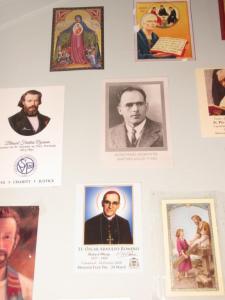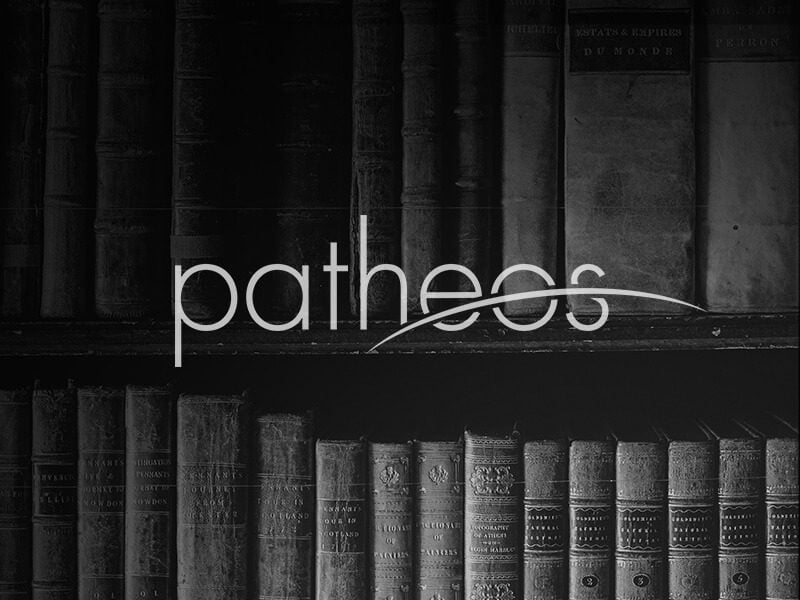 We can find a considerable amount of similarity in the way the legends of Constantine and Ashoka are told. Examining them, we can produce a rather simple outline which would tell the basic story of each: a wicked monarch, with some kind of deformity (leprosy for Constantine, physical unattractiveness for Ashoka) was led to a new faith after witnessing a miracle that proved its superiority.[1] After their conversion, they became a representation of righteousness (although, with Ashoka’s story, he is not seen as always being perfect – his conversion to Buddhism, although it pacified him, did not entirely remove his violent nature. This can be seen several times in the Asokavadana, most significantly, in how had his royal executioner executed).
We can find a considerable amount of similarity in the way the legends of Constantine and Ashoka are told. Examining them, we can produce a rather simple outline which would tell the basic story of each: a wicked monarch, with some kind of deformity (leprosy for Constantine, physical unattractiveness for Ashoka) was led to a new faith after witnessing a miracle that proved its superiority.[1] After their conversion, they became a representation of righteousness (although, with Ashoka’s story, he is not seen as always being perfect – his conversion to Buddhism, although it pacified him, did not entirely remove his violent nature. This can be seen several times in the Asokavadana, most significantly, in how had his royal executioner executed).
Looking at this broad outline for the stories, we must not neglect some of the differences we can find between them. The reason why Constantine was granted a reprieve was because of the mercy he had shown to others. The ghastly suggestion of the pagan priests to wash away his leprosy in the blood of the infants serves as a stark contrast to the pure water of cleansing in Christian baptism. This jab at paganism is a part of the narrative because the hagiographers wanted to highlight how evil they believed paganism was at its roots. Christianity was made out to be morally superior, and Constantine’s conversion to Christianity coincided with his act of mercy. It was a matter of necessity that he would find his life improved when he followed the Christian faith.
The story around Ashoka’s life, however, is far more complex. There is no direct polemic against his former religious faith within the Asokavadana. It is true, he had, like Constantine, done something to merit this conversion. The legend does reflect Buddhist ethics. It said that his conversion to Buddhism was related to what he had done, not as the king of India, but as a small boy in a former life. An act of faith and devotion to the Buddha provided the means by which he was born to rule as a future Buddhist king. The power of karma is central to his conversion.
In the immediate circumstances surrounding their conversions, we find a great amount of difference between Ashoka and Constantine. Ashoka was not suffering from any disease as Constantine was. Nor was it an act of mercy that gave him his immediate contact with Buddhism. Rather, it was his own personal depravity, his cruelty, which created the circumstance by which he was able to witness the power of the Buddhist faith. The miracle in Constantine’s story was his being healed of a horrible disease, but for Ashoka it was his seeing the power of a Buddhist monk to overcome his own suffering. After the Buddhist monk Sumadra was put into fiery cauldron, instead of being cooked alive as was expected, he just sat still in meditation without dying. Constantine was told he would be cured by his conversion. Ashoka, although also deformed, had no such cure in store for him; rather, his conversion was based on the grounds that the Buddhist monk, for doing what he was doing, must hold to some great truth which can overcome afflictions.
Rodney Stark tells us, “It is obvious that people do not embrace a new faith if they are content with an older one. New religions must always make their way in the market openings left them by weaknesses in the conventional religion(s) of a society.“[2] For Max Heirich, this means that conversion, “…involves examination of core senses of reality, identifying aspects which must be responded to with the whole being and which presumably will affect action choices for the convert afterwards.“[3] In these stories, the fundamental superiority of the new religion rests upon the miraculous abilities shown by its followers. Constantine certainly was no longer being content with paganism when he rejected the advice of his pagan priests. His “sense of reality” was challenged, and Silvester offered the solution to this problem. Thus, for Constantine, his conversion shows all of what one would expect in any conversion narrative. For Ashoka, this is not exactly the case. Certainly he did not show any discontent with his former faith; it was only when he was confronted by the power of Sumadra that his understanding of reality was challenged. Yet, even if the Asokavadana does not fully follow the general expectations we might have for a conversion narrative, nonetheless for both Christianity and Buddhism these legends were capable of challenging their listener to come to these same questions about their own faith. They were written, therefore, not really to show why Constantine or Ashoka converted (although that is certainly explained), but rather as to why one who either reads or hears the story should themselves convert. Secondarily, the stories also relate the kinds of expectations and implications that this conversion should have (which we will examine next).
Footnotes
[1] We can see that this format for explaining the conversion of a king to a new faith is not uncommon. In the Medieval Russian Chronicle, Vladimir of Rus also suffered from an affliction (he was going blind), and he was told that his sight would return to him as soon as he was baptized. This miracle solidified his new Christian faith. See Samuel Hazzard Cross and Olgerd P. Sherbotwitz-Wtzor, trans., The Russian Primary Chronicle: Laurentian Text (Cambridge: Medieval Academy of America, 1973), 113.
[2] Rodney Stark, The Rise of Christianity (Princeton: Princeton University Press, 1996; San Francisco: HarperSanFrancisco, 1997), 37.
[3] Max Heirich, “Change of Heart: A Test of Some Widely Held Theories About Religious Conversion” in The American Journal of Sociology 83, no.3 (1977), 674.












